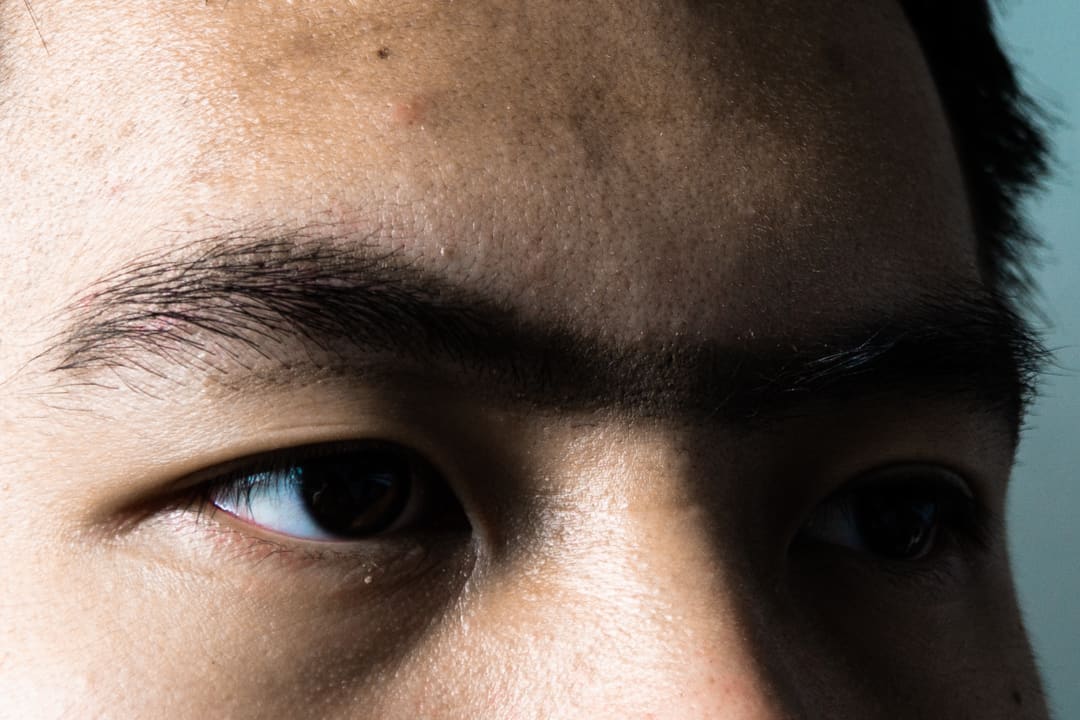COVID-19 has hit some people in a particularly devastating way. With salons and eyebrow threading stores having been closed due to COVID-19, individuals all around the globe have been left with uneven, uncontrollable eyebrows.
Now, a U of T prize-winning psychology paper says that those who fret the most about their eyebrows are best left alone at parties.
The Ig Nobel Prizes — often referred to as the “other Nobel” — are satirical awards that aim to honour scientific research that is particularly funny or weird. This year, the psychology prize went to a University of Toronto duo who studied the link between eyebrows and grandiose narcissism. The research contained several different studies in order to understand the link between eyebrows and narcissism.
What’s so telling about eyebrows?
In a series of three studies, the researchers took cropped photographs of 39 undergraduate students and presented them to participants. Participants were asked to identify how “egotistical, self‐focused, and vain” people looked based off of particular facial features.
Each photographed person had also completed a standard test called the Narcissistic Personality Inventory that can detect a non-disordered amount of narcissism. With these results, researchers were able to assess exactly which facial features indicate narcissism and how accurate those first-impressions are. In general, eyebrows were perceived as a strong — and accurate — indicator of someone’s narcissism.
According to the study, a pair of eyebrows appear more or less narcissistic based on three key factors: distinctiveness, grooming, and perceived femininity. The most accurate factor in judging narcissism was distinctiveness. Distinctive eyebrows were ones notable for their thickness, colour, and spacing.
Dr. Nicholas Rule, a professor in the Department of Psychology, is one of the co-authors of the study. The lead author of the study is Rule’s former postdoctoral fellow Dr. Miranda Giacomin, a current professor at MacEwan University in Alberta.
Rule explained by email that he was excited to win, and the Ig Nobels were something he had heard of just before he started graduate school. He wrote, “Although they may seem like an embarrassing spoof, some of the work that won the award… has become very meaningful as time has worn on. I hope the same for our findings.”
Underlying the research is the question of why individuals try to identify people’s facial characteristics in the first place. Rule wrote that people are often curious about other people and that they “try to identify as much about them as they can.” A person’s face can be used to create inferences on how they may act — which may or may not be correct.
And why use eyebrows to make these judgments? “Eyebrows are a high-contrast part of the face that are visible from great distances,” Rule wrote. “They’re also sexually dimorphic, meaning men and women typically have different eyebrow styles (on average) that distinguish a person’s sex.”
“Narcissism is obviously a much more complex social trait but it’s not outlandish to think that people might use eyebrows for such a higher-level judgment, given [their] role in more basic perceptions,” Rule added.
What’s it like to win a humorous science prize?
In terms of the reception from colleagues and friends, Rule explained that it has been “a little teasing but uniformly positive.” He noted that he was teased about the findings when the research was initially published, so it was something he was used to.
When asked about how this research idea came to be, he wrote that Giacomin was studying narcissism as a graduate student when she first came to work at his social perception lab, “so it was a natural marriage of our research interests.” Rule explained that they never really expected themselves to land on eyebrows.
However, he wrote, “In hindsight, it’s not too surprising: people (even face perception researchers) often overlook the importance of eyebrows but they’re critically important. For example, it’s easier to recognize someone without being able to see their eyes than it is to recognize that same person without being able to see their eyebrows.”
Despite this study, Rule shared that he was not previously conscious about his eyebrows. He wrote that people are now more self-conscious around him once they learn about his research, but it has not changed his attitude about his own eyebrows.
“For the Ig Nobel ceremony, they asked us to do something silly, so I quickly grabbed some (blue) painter’s tape and scribbled some eyebrows on them with a Sharpie to wear,” Rule wrote. “I didn’t even look in the mirror before we did the recording.”


